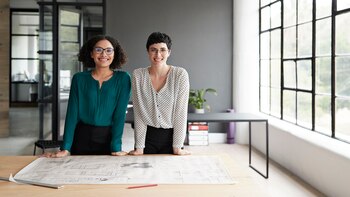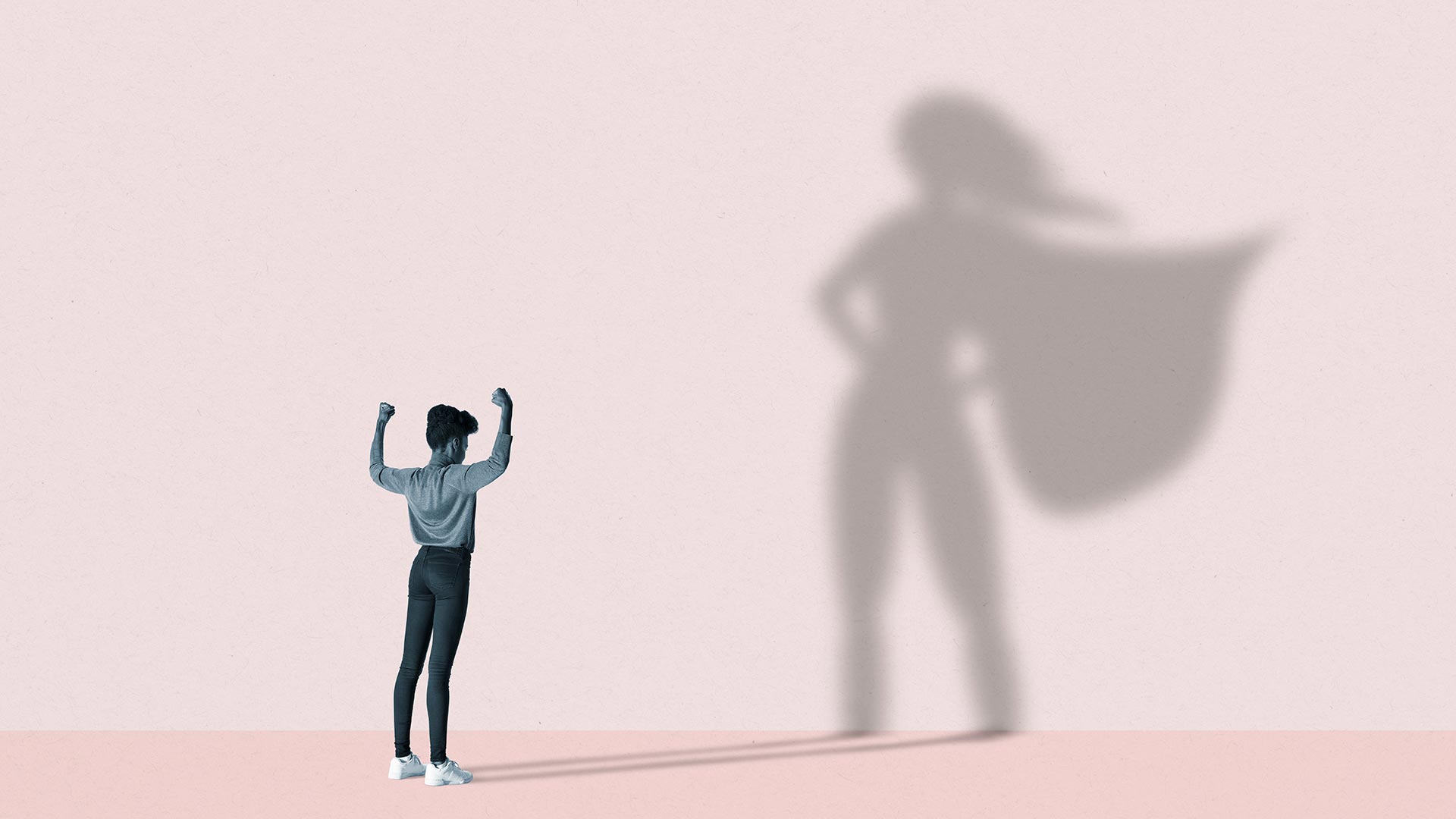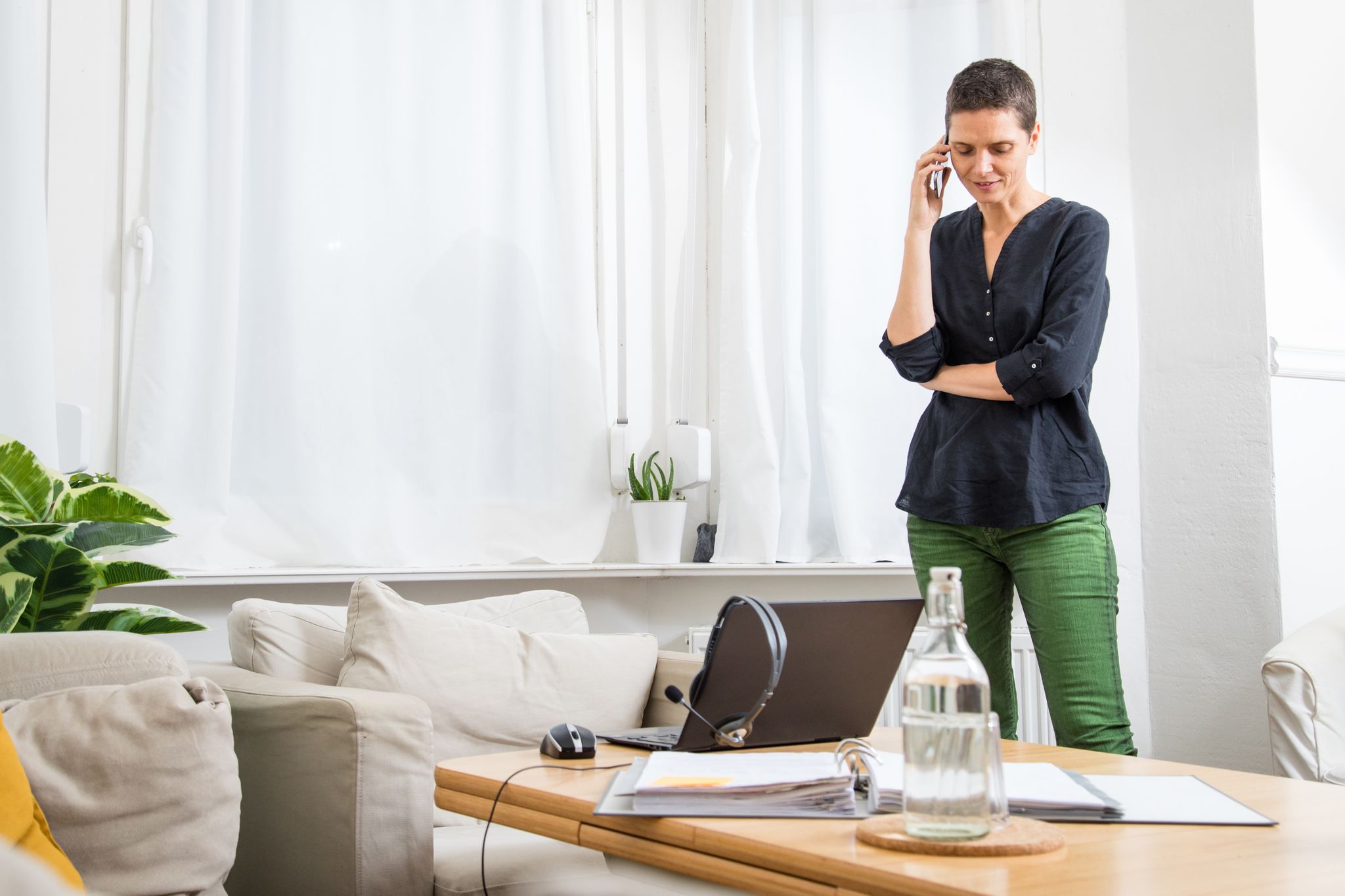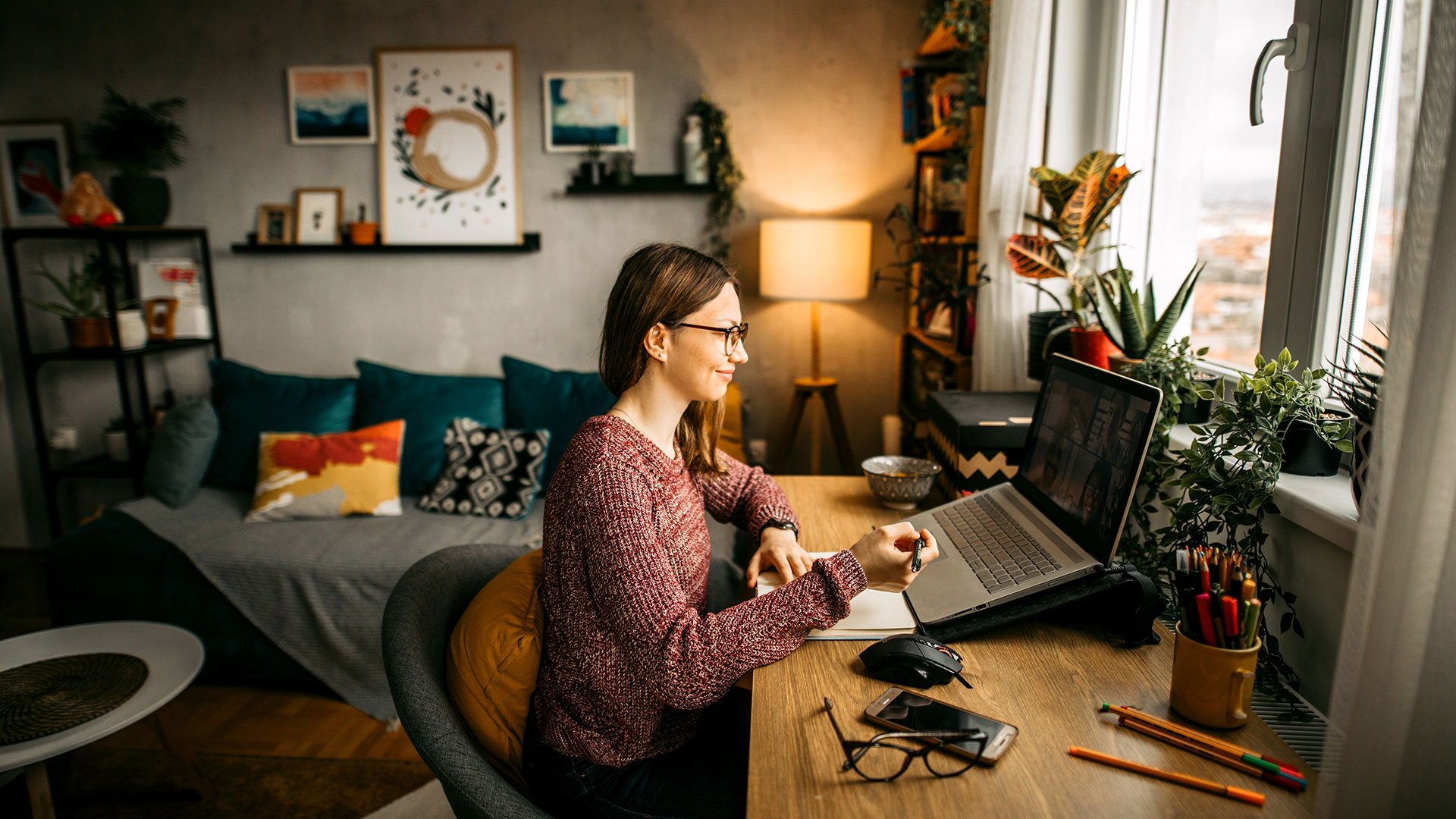
What clothes to wear to a job interview? This is one of the most recurring stylistic doubts. The reasons are more than logical; because the first impression, which is almost always visual, directly affects the impact we will have on the person interviewing us and, therefore, on the final decision.
It is said that the first impression happens in just a few seconds, so proper styling will help us to always be positive. In addition, the clothes we wear for a job interview will also affect self-confidence, making us feel more confident in ourselves or achieving the opposite effect. The most common thing is usually to opt for tailoring, with jacket and trouser suits, although sometimes a blazer or blazer is also enough.
The styling of a job interview will allow whoever interviews us to get a rough idea about who we are. The look matters even more if we are carrying out a selection process for a work that is aimed at the public, although it will not go unnoticed in the rest either. For all these reasons, here are some tips to get the right clothes for any job interview.
“The image includes how we dress, make up and do our hair, but also, in a high percentage, how we behave and whether we know how to function in this type of field. With this in mind, we must focus on making an impact from our appearance and also from behavior, which includes how we greet, if we smile when we speak, whether we make eye contact and how we handle spaces in the interview,” said Infobae Laura Malpeli, image consultant and director of Styletto Image Studio.

For Patricia Doria, fashion designer and director of the Fashion area at the University of Palermo Faculty of Design and Communication, “clothing is a material construction, a non-verbal language, expresses emotions, discourses, suggests spatial and temporal relationships, talks about social position, religion, sexuality (a whichever refers to). It is a sign that expresses with its appearance and shape, the social moment it is experiencing, its ideological and sensitive context. It has multiple functions speeches and the one that stands out the most is the representative one.”
Choosing what to wear for an interview shouldn't be a last-minute decision. Taking the time to consider and prepare it, especially if your favorite shirt is at the bottom of the closet or needs to be ironed, is key. The goal is to feel good and look good, yet discreet, so that the interviewer can focus on their qualifications.
The most important thing a person should ensure when preparing for their job interview is to look clean, tidy and polished. Looking messy can be a distraction for an interviewer. To achieve this, it is vital to pay attention to hair, skin, nails and teeth. Self-care is not vanity. Taking care of the appearance increases confidence and self-esteem, and therefore helps to relieve anxiety about the interview.
“Our image is perceived with all the senses. That's why it's not just about clothing, but about the combinations we make in textures, the colors we use, the accessories to complement or even how we look our hair. The key thing is to project a positive image that we can maintain over time,” Malpeli added.

If you wear makeup, it's best to keep it natural and choose something you've worn before. Now is not the time to try a new eyeshadow or lipstick that could end up on all your teeth. When choosing which outfit to wear, a good tip is to opt for neutral, classic, clean and comfortable. As long as it is clean and well cared for, it doesn't have to be expensive to look good.
“The total black look helps to facilitate office styling. Looks, materials and textures can be modified with little investment. Tailoring helps work power dressing, accentuating the trend of the 80s and 90s, in which textures are mixed and shoulders are marked giving a feeling of strength and responsibility. The use of neutral colors, as a total look, contributes to turning classic pieces into trendy garments,” Doria told Infobae.
He added: “Knitted dresses manage to give comfort and a certain elegance associated with minimalism. Coats are decisive for finishing a look, and give versatility and sophistication (a universal requirement when looking for clothes for work). A trendy trick can be to decontextualize daily outfits and street style looks , bringing simplicity and topicality to garments we already have.”
One of the most common mistakes when presenting for an interview is not considering the right dress for each specific job. “It's critical not to apply a one-size-fits-all approach to the way you dress for an interview,” Tessa White, career guidance advisor and founder of The Job Doctor, said in dialogue with The Wall Street Journal. The specialist recommends studying the company culture in order to understand its audience and play within that space.
While it's common to wear a suit or other formal attire for an interview, it's not always the right choice. “Every society and every environment has its own rules. Some of these environments are more flexible in appearance but others have their own explicit codes in regulations, with very strict aesthetics and others with implicit regulations,” Doria explained.
Some key takeaways

- Stick to a neutral color palette. If you want to use color, just add a touch.
- Keep it classic. A suit, blazer, structured dress, or button-down shirt usually work well.
- Comfort is important. The outfit should feel comfortable and easy to move.
- Think about the fit. Make sure your outfit isn't too loose or too tight.
- Be authentic. Strike a balance between looking neat and feeling comfortable. Your clothes should empower you rather than distract you.
- The clothes must be clean. Garments must be free of wrinkles, stains, snags, loose buttons and lint.
Bonus track: virtual interviews
For virtual interviews, it's vital to think about lighting. Good lighting on the face can help accentuate and soften your features in all the right ways. “If you have good natural light, use your beautiful window light,” celebrity portrait photographer Mark Mann told the WSJ. “Otherwise, you could invest in a ring of light that connects directly to the computer. If the webcam on your computer is not of high quality, consider using your cell phone for video call and place it at eye level,” he added.
Mann also recommends avoiding “gimmicky” virtual funds or face filters for serious interviews. “Don't forget to dress your background. If you have a bookcase, use it, but make sure that the lines of the wall behind you are horizontal and vertical, with no distracting angles. Simple, simple, simple. What you don't want is for people to look around your room and not focus on you,” concluded the expert.
KEEP READING:
Últimas Noticias
Debanhi Escobar: they secured the motel where she was found lifeless in a cistern
Members of the Specialized Prosecutor's Office in Nuevo León secured the Nueva Castilla Motel as part of the investigations into the case

The oldest person in the world died at the age of 119
Kane Tanaka lived in Japan. She was born six months earlier than George Orwell, the same year that the Wright brothers first flew, and Marie Curie became the first woman to win a Nobel Prize

Macabre find in CDMX: they left a body bagged and tied in a taxi
The body was left in the back seats of the car. It was covered with black bags and tied with industrial tape
The eagles of America will face Manchester City in a duel of legends. Here are the details
The top Mexican football champion will play a match with Pep Guardiola's squad in the Lone Star Cup

Why is it good to bring dogs out to know the world when they are puppies
A so-called protection against the spread of diseases threatens the integral development of dogs




